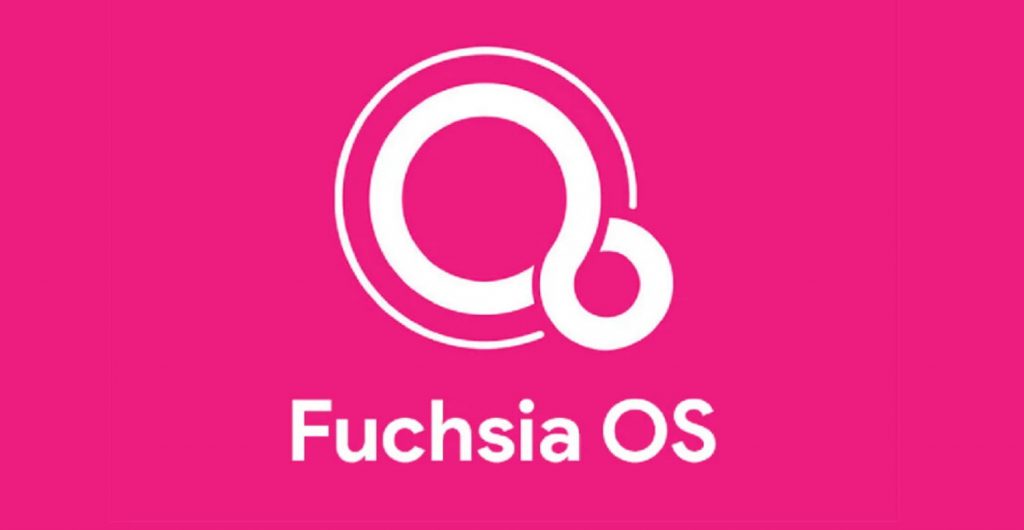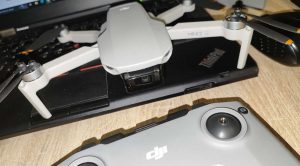Google Fuchsia OS: A New Era of Operating Systems Beckons

An Overview of the Release Timeline and Compatible Hardware.
In the rapidly evolving landscape of technology, operating systems play a pivotal role in shaping our digital experiences. One such development that has captured the attention of tech enthusiasts and experts alike is Google’s Fuchsia OS. With its promising potential and a fresh approach to operating systems, Fuchsia OS is poised to redefine the way we interact with our devices. In this article, we delve into the release timeline of Fuchsia OS and explore the hardware that will be compatible with this innovative platform.
Fuchsia OS, Google’s open-source operating system, has been the subject of speculation and anticipation since its inception. Unlike traditional operating systems such as Android and Chrome OS, Fuchsia OS utilizes a microkernel-based architecture called Zircon, which aims to provide enhanced security, performance, and scalability across a wide range of devices.
While Google has not announced an official release date for Fuchsia OS, there have been several indicators that suggest its public debut is on the horizon. Over the past year, Google has been actively testing Fuchsia OS on various devices, including smart displays, laptops, and even some smartphones. The company’s commitment to Fuchsia OS is evident, as they continue to invest significant resources into its development.
Industry insiders speculate that we may see the first public release of Fuchsia OS within the next year. However, it is important to note that the timeline could be subject to change as Google refines and polishes the operating system. Google’s approach of meticulous testing and iterative development ensures that Fuchsia OS will deliver a robust and reliable experience to users.
As for the hardware that will run Fuchsia OS, the operating system aims to provide a versatile platform that caters to a wide range of devices, from smartphones and tablets to laptops, smart home devices, and more, Google’s commitment to compatibility is evident in its efforts to ensure that Fuchsia OS works seamlessly across different form factors, empowering developers and users alike with a unified experience.
While specific hardware requirements for Fuchsia OS have not been explicitly outlined, the operating system is expected to be optimized to take advantage of modern hardware capabilities. This includes support for touchscreens, biometric authentication, voice assistants, and other cutting-edge features that are increasingly becoming the norm in today’s devices.
As Fuchsia OS gains traction, it is likely that major hardware manufacturers will collaborate with Google to ensure their devices are compatible with the new operating system. This collaboration will not only offer consumers a wider range of choices but also foster innovation and healthy competition within the tech industry.
In conclusion, Google’s Fuchsia OS represents a significant step forward in the world of operating systems. With its unique architecture, enhanced security features, and cross-device compatibility, Fuchsia OS has the potential to reshape the way we interact with our digital devices. While the exact release date for the public version of Fuchsia OS remains unknown, industry observers predict that we can expect its debut within the next year. As we eagerly anticipate this transformative operating system, it is certain that Fuchsia OS will redefine the boundaries of what we can achieve in the digital realm.
Disclaimer: The information presented in this article is based on the available knowledge up to September 2021 and may be subject to change as Google continues to develop and refine Fuchsia OS.







